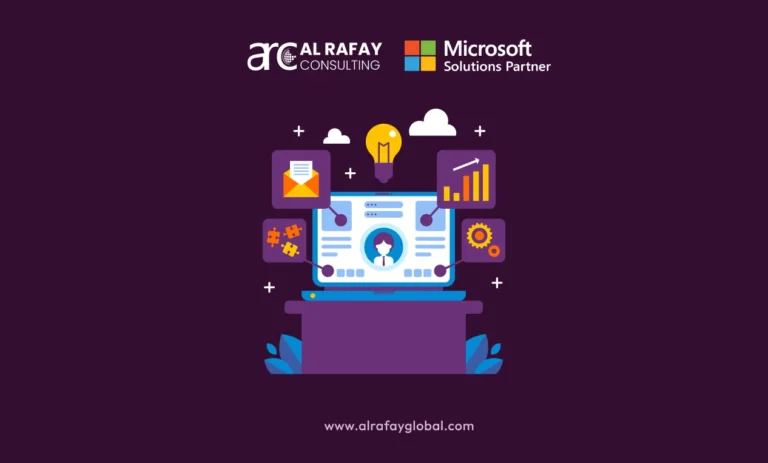Critical business information is the next term for Business Intelligence. BI is a marvel in technology that provides you with all the insights required to make informed and intelligent business decisions. It helps in managing and analyzing all the raw data to enhance business operations with robust BI reporting and data analytics.
As we are moving forward in the modern corporate space, self-service reporting tools are evolving to be an end-to-end solution for wiping out clunky IT processes. They play a vital role in transforming vast volumes of unfiltered data into visually appealing reports and insightful dashboards in no time. One of the most impactful reporting processes is business intelligence reporting preferred by leading enterprises.
What is BI Reporting or Business Intelligence Reporting
Business intelligence reporting, often known as BI reporting, is a tool that enables you to organize, precisely, and quickly analyze your company’s data in order to uncover insights that can be used. In more explicit phrasing, you may access the information gathered and structured by your BI tool in a single location, enabling you to track trends and identify patterns that might help you make better decisions.
With BI Reporting you can have,
- Powerful impact on your business
- Key performance indicators across the business
- Marketing stats
- Finance results
- Most pressing analytics and dashboards
- Modernized analytics development
- Discoverable insights faster through automation
Why Is Business Intelligence Reporting Impactful for Every Business?
Business intelligence reporting, which is related to the larger subject of business intelligence, aids in the interpretation of data.
Because of this, BI reporting is regarded as being a crucial part of any organization’s entire BI strategy. Without a question, business intelligence (BI) reporting is essential to the success of most firms. The basis for making wise judgments is BI reporting, whether it is for monitoring stock market trends or project management performance.
Businesses frequently use business intelligence data reporting for the following key factors:
Track KPI trends: Users may track KPIs over time and identify concerns early on with the use of reports.
Increase resource effectiveness: Highlight chances for resource optimization and give advance notice of upcoming issues or performance trends.
Boost the performance of your department: Real-time monitoring of departmental procedures can help you determine whether any changes need to be made.
Improved competitive analysis: Keep an eye on market trends so you can keep one step ahead of the competition. Without competitive intelligence, it’s simple to be caught off guard by moves made by your rivals.
Optimize your revenue projections: A BI report can generate a revenue estimate using information from sales reports and inventory management reports.
Genuinely, BI reporting solutions provide both data analysis and the creation of new reports as needed. Furthermore, BI reporting can empower you to extract much more value from your data, have action-based dashboards, operational reporting data storytelling, data preparation combined with data science and integration to a single platform.
We have created a detailed breakdown of BI reporting capabilities.
BI Reporting Capabilities
Self-Service BI
Users may quickly and easily evaluate data without writing code thanks to self-service BI. Additionally, users can freely explore data in any direction using contemporary BI solutions that employ an associative engine, which recalculates analytics and highlights data associations after each click.
Data Visualization
Dashboards and data visualization are used to spread information throughout a company, facilitate collaboration, and improve understanding. Stakeholder collaboration and understanding are facilitated through interactive dashboards with rich data visualizations including maps, graphs, and charts. With the use of drag-and-drop tools and modern BI technologies, each user can quickly engage with the data and design their own unique dashboards.
Static Reports And Monitoring
Other crucial tools for stakeholders to keep on top of their business and take swift action include static reports and monitoring. Users should be able to quickly create and share static reports in well-liked document formats using BI tools, as well as set up data-driven, real-time alerts when KPIs cross a threshold.
Embedded BI
Business intelligence capabilities are integrated into applications, products, portals, or processes through embedded BI. Instead of moving to a different application, this enables staff members, partners, clients, and suppliers to instantly access data and insights into their processes. Embedded BI assists users in finding insights and hastening the process of making better decisions.
Dashboards
Dashboards allow you to quickly assemble reports and visualization from one re more data sources to support enterprise reporting and operational needs with unmatched design flexibility and the ability to add actions, even if you can create a dashboard that will have a big impact on your business.
BI Reporting Dashboards
Business intelligence reporting dashboards help you to share and communicate KPI across your business whether its sales performance procurement, analytics marketing stats or financial results They help you get everyone on the same page. With power BI reporting you can garner the data from any source whether it’s cloud on-premises or any SaaS apps like Google Analytics or Microsoft Azure.
Furthermore
You can create a variety of charts and visualization such as big number koi report gauges and dials bar charts time series and many more.
You can filter your results to focus on the areas of your business that interest you and save these and personal or saved bookmarks for the future.
Interested in experiencing BI reporting wonders to accelerate your business reporting process? No matter whichever business industry you are in, our BI reporting services by Al Rafay Consulting can be customized per your exceptional requirements.













